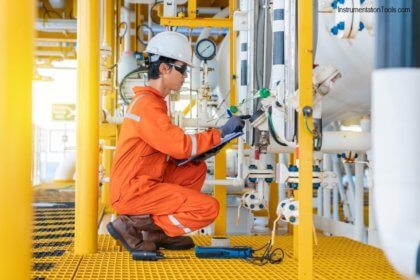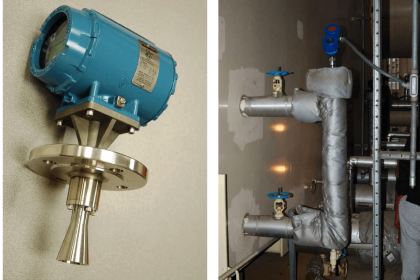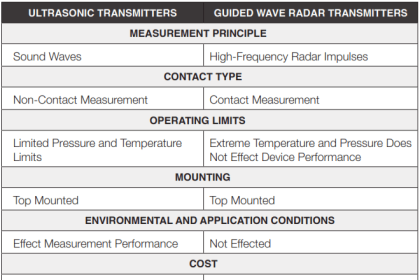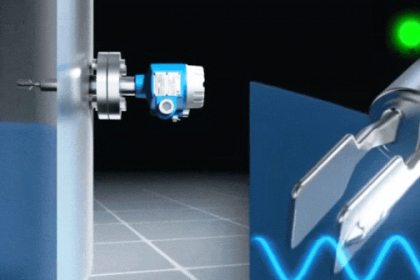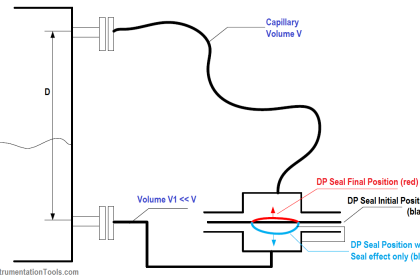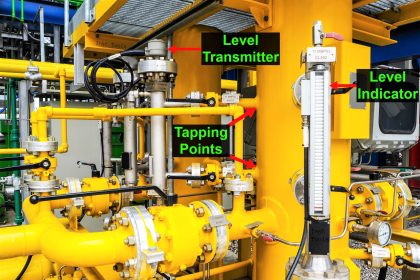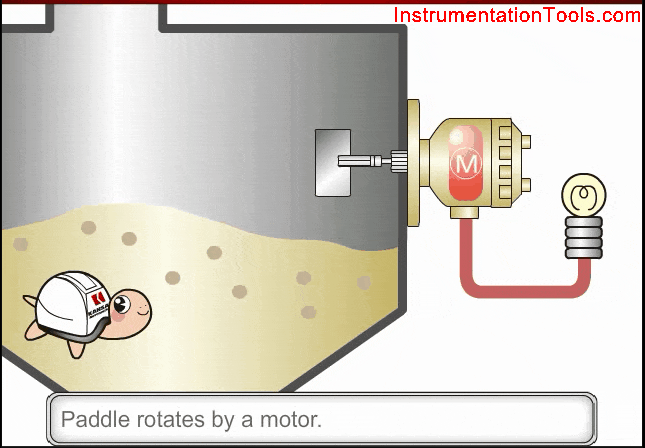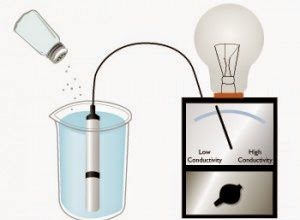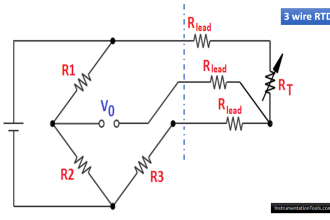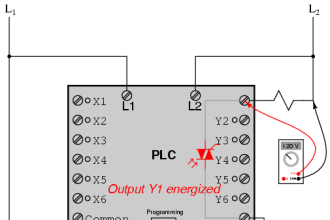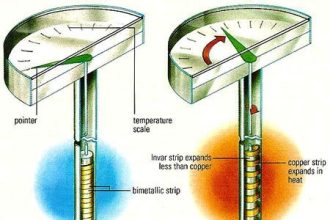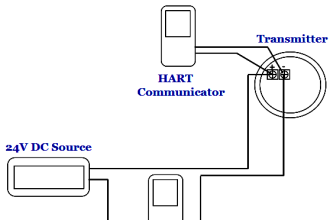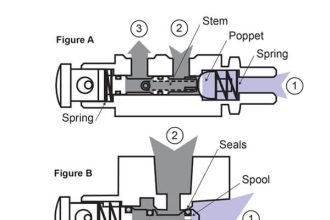A journal article by FJ Berto states that a number of level measurement accuracy limitations in the use of manual and automatic tank gauging are presented in the API MPMS (American Petroleum Institute, Manual of Petroleum Measurement Standards).
The discussion presented treats the tank gauging system and the tank as the system, not just the instrumentation that performs the measurement. This introduces the idea of designing both components to be ‘as one’ in the same way, with a view to minimizing factors from each that can affect accuracy.
The limitations stated in API MPMS are:
- Accuracy of the manual gauging tape or ATG;
- Accuracy of the tank capacity table and the effect of tank tilt and hydrostatic pressure;
- Shell expansion caused by the material contained;
- Under-measurement as a result of the tank bottom shifting under load from its perceived position;
- Movement of the gauging well. Excessive movement in the gauging well reduces capability for accurate level measurement. Guidance should be sought to install the gauging well to minimize any potential for gauging well movement;
- Volume measurement accuracy is affected by the movement of the tanks datum plate;
- Over-measurement can occur when heavy or waxy materials leave a solidified residue, known as encrustation;
- Thermal effects such as expansion or contraction of the tank. For level-based measurement, as opposed to volume measurement, this can have a significant impact because an expanded tank may contain a greater volume of fuel at a specific mid-point than it would at the same midpoint when not expanded;
- Human error. These are normally associated more with manual means of level measurement, and less so with ATG.
Berto’s article highlights that the accuracy of any method of level measurement or tank gauging can be significantly affected by the tank. Considerations such as the expansion and contraction of the tank under loading, how the bottom moves under load, and reaction to changes in temperature can all affect the dimensions of the tank.
The tank gauging system should be installed bearing in mind these physical factors of the tank, and where possible designing the installation to minimize the effects upon measurement by the tank.
Reference: Berto FJ (1997). Review of Tank Measurement Errors Reveals Techniques for Greater Accuracy. Oil and Gas Journal 1997, Volume 95, Issue 9, pp68-73
